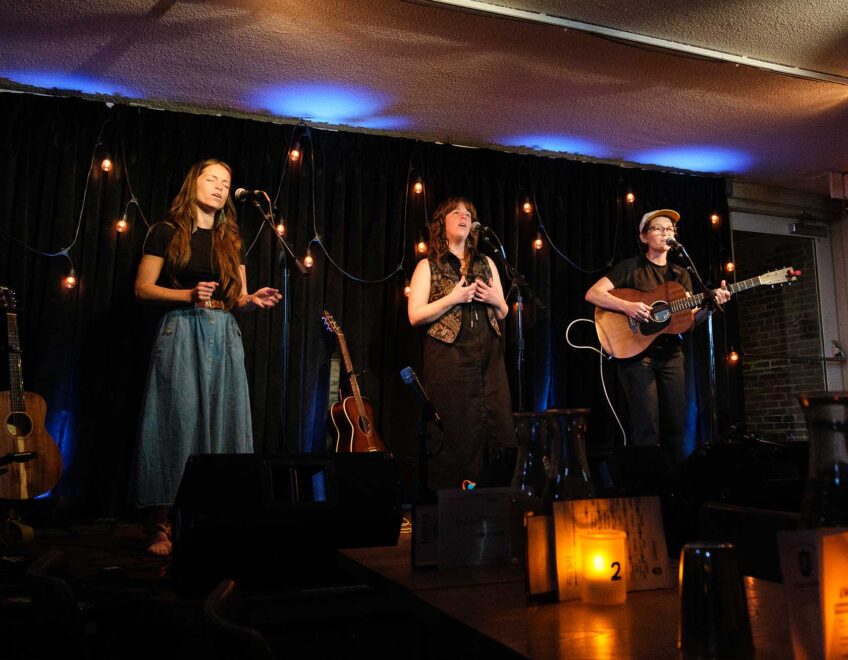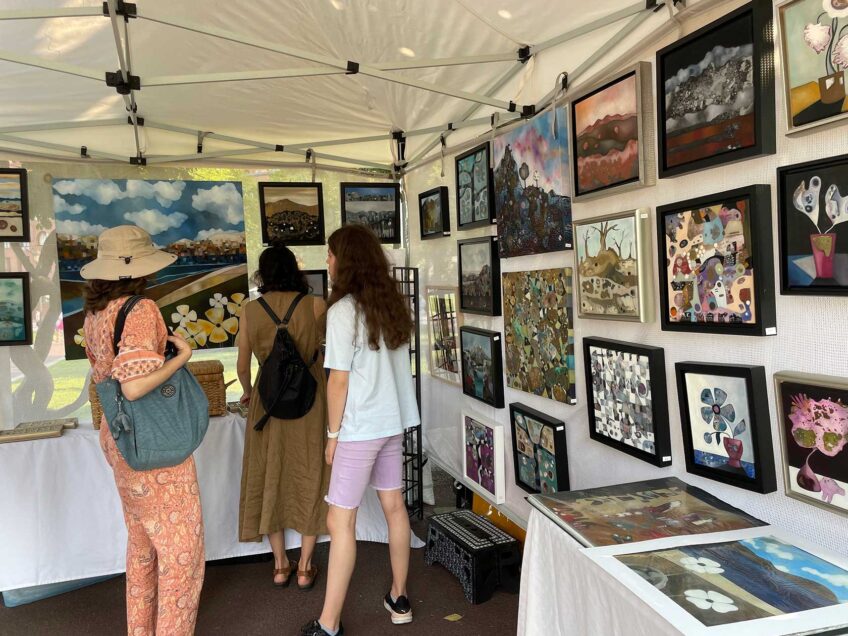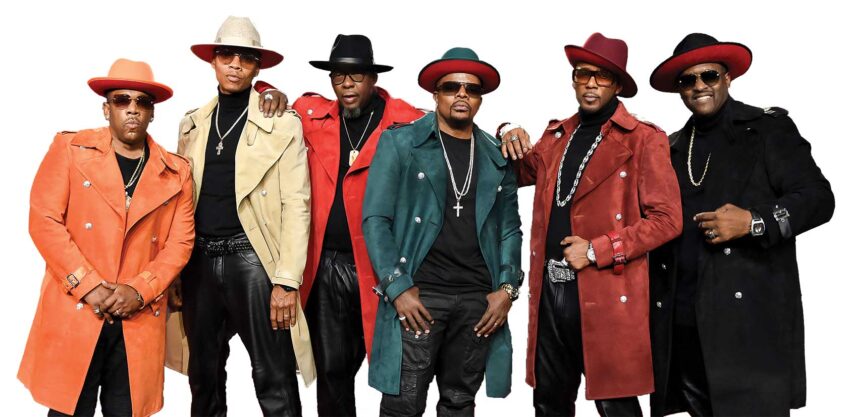Banner [Virtual] Art Gallery
L’Merchie Frazier in conversation with artist Shea Justice
![Banner [Virtual] Art Gallery](https://baystatebanner.com/wp-content/uploads/2023/11/IcantBreathe_WM-800x1024.jpg)
View Banner Art Gallery
This is the fifth in a weekly series presenting highlights of conversations between leading Black visual artists in New England. In this week’s podcast, mixed-media artist and poet L’Merchie Frazier interviews Shea Justice. The interview has been condensed and slightly edited.
An art teacher for more than 30 years, Justice acquired his teaching degree from Boston University. His work “History Is No Mystery,” a somber series of collages and drawings that place the artist’s images of American racism against backdrops of the U.S. Constitution and newspaper headlines, was exhibited at Boston’s Fountain Street Gallery.
L’Merchie Frazier: Shea, tell us where you’re from and what have been some of your influences as you made the decision to become a prolific artist and visual historical documentarian.
Shea Justice: I grew up in Roxbury and got into art at a really early age. There used to be a TV show on Saturday mornings called “Drawing from Nature,” with Captain Bob Cottle. At the end of each show, he would say, “Let’s draw a horseshoe crab, or let’s draw an animal,” and he would have the camera pan across the stage to show artwork from people who sent stuff in. I was about 6 or 7. I sent some artwork in, and they actually had it on the show. At the time, I wanted to wake my mom up, but I couldn’t because when they panned the camera, it took about two seconds. But I was so excited about it, and I said, I’m going to always do this.
Any other influences?
I had a next-door neighbor named Wendell Sullivan who was a big influence because he used to draw superheroes all the time. He was so good. At one point, I said, I want to try to draw the Hulk and Spiderman, too. Before you know it, I’m where he is.
I noticed that on your shirt you have a button of a woman. Can you tell us about her?
It’s a high school yearbook photo of my mother. She passed away this summer. When I talk at art shows, I make it a point to talk about how big of an influence my mother has always been on me. So, in doing this interview, I wanted to make sure that my mother, Eleanor Justice, looking down here, knows that I’m still going to represent.
How is your involvement in memory, metaphor and history manifested in your art practice?
My older brother Sean and I used to visit my grandparents in Harrisonburg, Virginia. They were antique collectors. I was fascinated by the things in the house, and it inspired me to collect a lot of things on my own, but it also got me more motivated in terms of drawing.
One of the works that you’ve developed is your acclaimed scrolls. You document history in this lengthy record that goes on for centuries. Tell us more about that and how you got started.
I got into political art when I was growing up, seeing Mel King’s campaign for mayor and the murals that Dana Chandler did all up and down Roxbury. I grew up partly in Grove Hall, so I would see them across the street and right down Dudley.
What got me started on the scroll project? They make you buy stuff sometimes for art school that you don’t need. I had all these rolls of paper, about seven. Where I teach, Lincoln-Sudbury Regional High School, there was a conservative contingent of students during the build-up to the Afghan war. They were ready to argue on campus. Randomly, one of the students confronted me and said, “You seem like a liberal. Are you pro-America or are you pro the other country?” I was being sarcastic and said, “I’ll tell you what. There’s a countdown until the invasion happens. I’ll take notes and I’ll get back to you when I’m done.” I had no idea it would be the longest war in American history. I continually worked on (the scroll). Once I ran out of paper, one of the artists sold me a giant roll that I’ve been using since 2008. But I started in 2002, 2003. I carry the scroll around, wrapped up carefully. I’ve been lucky and privileged enough to have some of the people I’ve drawn on it actually sign it.
As a teacher, what impact would you like your voice and your art to have, not only on your audience, but on your students?
I don’t proselytize. The reason is, I got hired to teach drawing and painting. I didn’t get hired to have a political agenda. But if you want to come and talk to me during lunch, when I’m in my classroom and it’s not class time, and you want to ask questions and have that kind of conversation, I’m open to it. But I wouldn’t impose it in a classroom. I’m very cautious about that.









